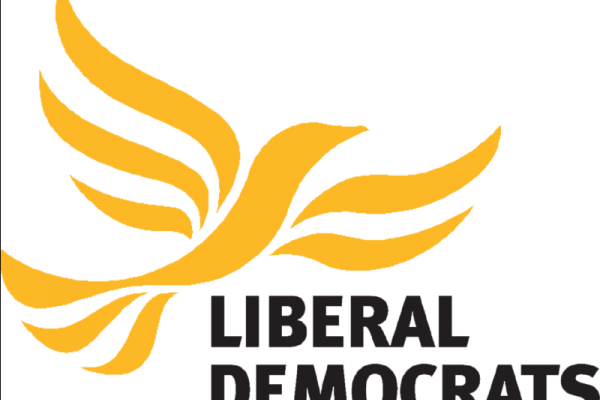The negativity and absence of an agreed alternative have been the most persistent criticisms of campaigners against independence. To date, only the Liberal Democrats have offered an alternative. The Home Rule and Community Rule Commission, chaired by Sir Menzies Campbell, produced a report in October 2012 that built on work completed in March 2006.
The publication of Campbell II is a much shorter and very different document. Campbell I set out a federalist vision. The new document is an attempt to identify common ground amongst pro-union parties and proposes a timetable for action. Willie Rennie, Scottish Liberal Democrat leader, noted that the ‘centre of gravity’ had shifted since the first report in introducing Campbell at the press conference launch.
The paper identifies what is claimed to be a consensus on two issues:
1. That the Scottish Parliament’s financial powers should be expanded so that it is responsible for raising the taxes to pay for the majority of its spending;
- That the Scottish Parliament should be entrenched permanently, in Gordon Brown’s word, “indissoluble”.
It notes that these are ‘entirely normal in federal systems around the world’. But therein lies the problem. The UK is not a federation nor is there much appetite for federalism in the UK. The LibDems have an entirely credible rational scheme but few takers. They will struggle, as has Gordon Brown recently and the old Constitutional Convention quarter of a century ago, to find any means of enshrining entrenchment. Leaving aside whether entrenchment is possible, it is difficult to understand why this is raised at all. An entrenchment resolution in favour of a statute in both Holyrood and Westminster, as proposed by Campbell, would be little more than symbolic and, unless there was some much greater constitutional upheaval, one Parliament could not bind its successors. It would, incidentally, be helpful to identify the threat to the Scottish Parliament that entrenchment is supposed to address.
The more interesting part of Campbell II is the proposal that the Secretary of State for Scotland should convene a meeting within 30 days after the referendum ‘where parties and wider interests can meet’. To ‘secure a consensus for further extension of powers to the Scottish Parliament consistent with continued membership of the United Kingdom and to be included in party manifestos for the 2015 general election’. This may remind those who have followed these matters over time of Mrs Thatcher’s promise prior to the referendum in 1979 to hold ‘all party talks’. While few may doubt the LibDems’ commitment to more powers, few expect that this is shared with their more powerful allies in Better Together.
It is unclear whether a consensus exists for more powers or entrenchment across the pro-union parties. Indeed, the Liberal Democrats are likely to find the SNP more comfortable bedfellows on these matters in the event of a No vote. But as Menzies Campbell argued, the referendum on independence is the priority. That means he must seek accommodation with those who might be less sympathetic to the Liberal Democrats’ direction of travel than the party with whom he and his party are in combat with in this referendum. The ‘centre of gravity’ has indeed shifted but through no effort of those with whom the LibDems are currently in alliance. Therein lies the problem for the LibDems.

